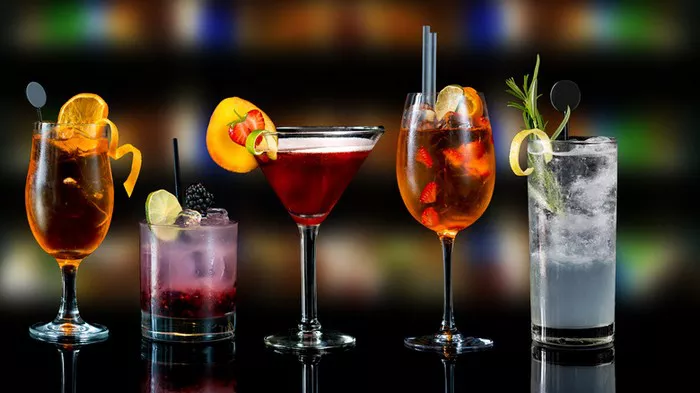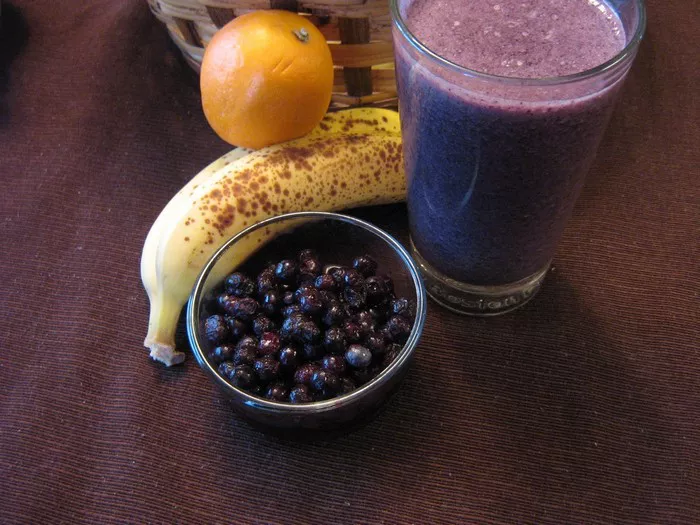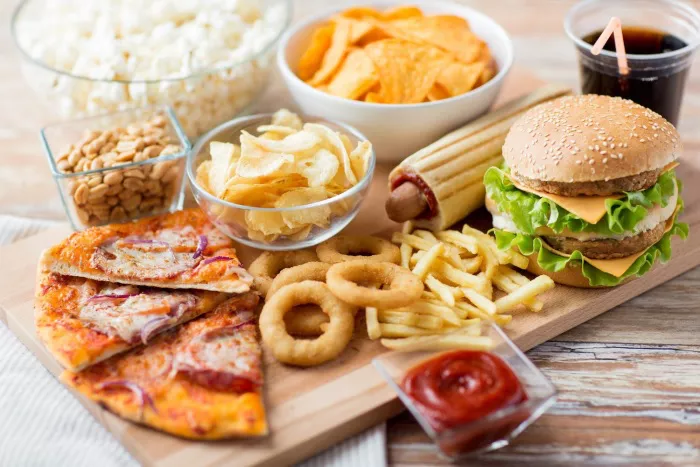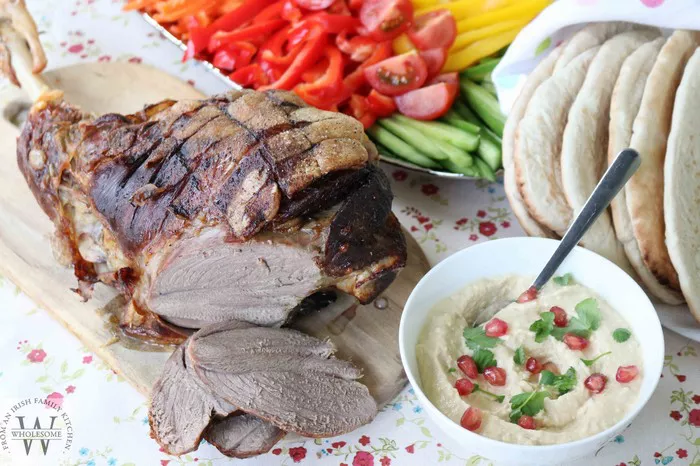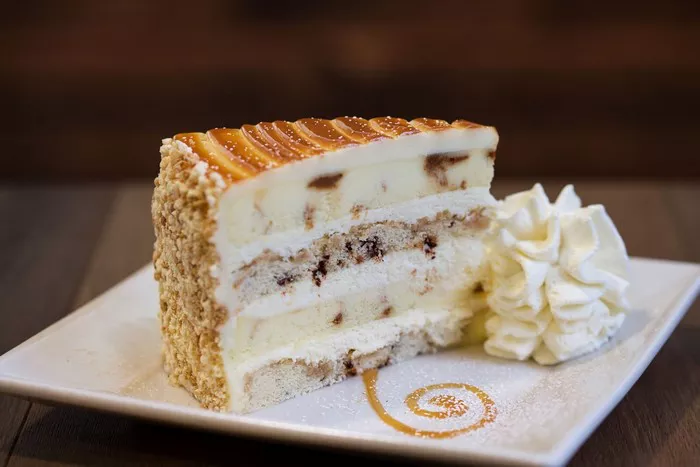The world of beverages is a vast and diverse landscape, with options ranging from complex craft beers to elegant sparkling wines. Among these choices, malt beer, and sparkling wine stand out as quintessential examples of craftsmanship and tradition. In this article, we will explore the key differences between malt beer and sparkling wine, delving into their production processes, flavor profiles, and cultural significance. Understanding these distinctions will deepen your appreciation for these beloved libations.
Malt Beer: A Journey through Brewing Traditions
Malt beer, a time-honored beverage with roots dating back thousands of years, is a product of the intricate art of brewing. The primary ingredients of malt beer include water, malted barley, hops, and yeast. Let’s delve into the key aspects that define malt beer.
Ingredients:
Malted Barley: The backbone of malt beer, malted barley provides the fermentable sugars necessary for the brewing process. The malting of barley involves germination and subsequent drying, activating enzymes that convert starches into sugars during brewing.
Hops: These cone-shaped flowers contribute bitterness, flavor, and aroma to the beer. Hops act as a balancing agent, counteracting the sweetness of the malt and adding complexity to the overall taste profile.
Water: Often overlooked but crucial, water quality profoundly influences the final taste of the beer. Different regions have distinct water compositions, impacting the flavor and character of local brews.
Yeast: Yeast is the microorganism responsible for fermentation, converting sugars into alcohol and carbon dioxide. The yeast strain chosen by the brewmaster plays a pivotal role in determining the beer’s flavor and aroma.
Brewing Process:
Mashing: Milled malted barley is mixed with hot water in a process known as mashing. This activates enzymes that break down starches into fermentable sugars, creating a sweet liquid known as wort.
Boiling: The wort is then boiled, and hops are added during this stage. Boiling serves multiple purposes, including sterilizing the liquid, extracting hop flavors, and balancing the sweetness with bitterness.
Fermentation: After boiling, the wort is cooled and transferred to fermentation vessels. Yeast is added, initiating the fermentation process. Depending on the type of beer, fermentation can take place over a few days to several weeks.
Maturation: The beer undergoes maturation to develop its flavors. This stage allows any remaining yeast or unwanted compounds to settle, resulting in a clearer and smoother product.
Carbonation: Carbonation can occur naturally during fermentation or be added artificially. In some beers, such as ales, carbonation levels are higher, providing effervescence to the final product.
Flavor Profile:
Malt beers exhibit a wide range of flavors, aromas, and textures, influenced by factors such as the type of malt used, hop variety, yeast strain, and brewing techniques. From light and crisp lagers to robust and complex stouts, malt beers cater to diverse taste preferences.
Cultural Significance:
Malt beer holds deep cultural significance globally, with each region boasting its unique brewing traditions and beer styles. From German lagers to Belgian ales and American craft brews, the world of malt beer is a rich tapestry of flavors that reflects the diversity of brewing techniques and cultural influences.
Sparkling Wine: Effervescence in Every Sip
In contrast to the centuries-old traditions of brewing, the production of sparkling wine is a more recent innovation, with roots tracing back to the 17th century. Sparkling wine, often associated with celebrations and elegance, is renowned for its effervescence and complex flavors. Let’s explore the key elements that differentiate sparkling wine from malt beer.
Ingredients:
Grapes: Sparkling wine primarily relies on the fermentation of grapes. Different grape varieties contribute to the nuances of flavor, acidity, and sweetness in the final product. Common varieties include Chardonnay, Pinot Noir, and Pinot Meunier.
Yeast and Sugar: Similar to beer, sparkling wine undergoes a fermentation process. However, the second fermentation in sparkling wine occurs in the bottle. A mixture of yeast and sugar is added to the base wine, initiating the production of carbon dioxide and creating the bubbles characteristic of sparkling wine.
Production Process:
Harvesting and Crushing: Grapes are harvested when optimal ripeness is achieved, and then they are crushed to extract the juice.
Fermentation: The extracted juice undergoes fermentation, transforming sugars into alcohol. This initial fermentation creates a still wine, which serves as the base for sparkling wine.
Blending: In the case of traditional method sparkling wines like Champagne, multiple base wines may be blended to achieve the desired flavor profile and consistency.
Second Fermentation: The blended wine is bottled with a mixture of yeast and sugar, triggering a second fermentation. This process, known as méthode traditionnelle or méthode champenoise, results in the creation of carbon dioxide within the sealed bottle, producing bubbles.
Aging: The bottled wine is left to age on its lees (sediment) for an extended period, enhancing its complexity. The length of aging varies, with vintage sparkling wines often undergoing longer maturation.
Riddling and Disgorging: The lees are gradually moved to the neck of the bottle through a process called riddling. The neck is then frozen, and the sediment is disgorged, leaving a clear liquid.
Dosage: After disgorging, a small amount of wine and sugar, known as the dosage, is added to balance the acidity and sweetness of the sparkling wine.
Flavor Profile:
Sparkling wines boast a diverse flavor spectrum, ranging from bone-dry to sweet. The effervescence imparts a lively and refreshing quality to the wine. Additionally, the aging process on lees contributes to complex aromas, including notes of brioche, nuts, and citrus.
Cultural Significance:
Sparkling wine, particularly Champagne, has become synonymous with celebrations and special occasions. Its association with luxury and refinement has made it a staple at events worldwide. Beyond Champagne, sparkling wines from regions such as Prosecco, Cava, and California offer accessible and delightful options for various occasions.
Comparative Analysis: Malt Beer vs. Sparkling Wine
Base Ingredients:
Malt Beer: Primarily crafted from malted barley, water, hops, and yeast.
Sparkling Wine: Made from fermented grapes, with variations depending on grape varieties and regional styles.
Production Process:
Malt Beer: Involves mashing, boiling, fermentation, maturation, and carbonation.
Sparkling Wine: Features harvesting, crushing, fermentation, blending, second fermentation, aging, riddling, disgorging, and dosage.
Carbonation:
Malt Beer: Carbonation levels can vary, with some beers naturally carbonated during fermentation and others artificially carbonated.
Sparkling Wine: Acquires effervescence through a second fermentation in the bottle, producing natural bubbles.
Flavor Profile:
Malt Beer: Diverse flavors ranging from malty sweetness to hoppy bitterness, influenced by malt type, hop variety, and yeast strain.
Sparkling Wine: Exhibits a range of flavors from crisp and citrusy to nutty and yeasty, influenced by grape variety, winemaking techniques, and aging on lees.
Cultural Significance:
Malt Beer: Deeply rooted in global brewing traditions, with regional styles reflecting cultural influences.
Sparkling Wine: Often associated with luxury, celebrations, and cultural events, particularly Champagne in the realm of fine beverages.
Conclusion:
Malt beer and sparkling wine represent two distinct worlds within the vast landscape of beverages. Malt beer, with its rich brewing traditions and diverse styles, captures the essence of cultural diversity and craftsmanship. Sparkling wine, on the other hand, embodies elegance, effervescence, and a refined celebratory spirit.

